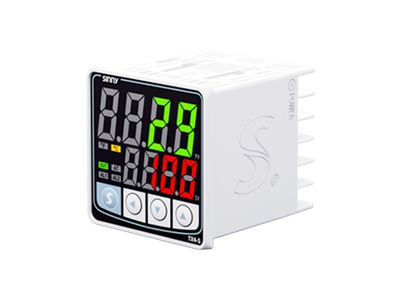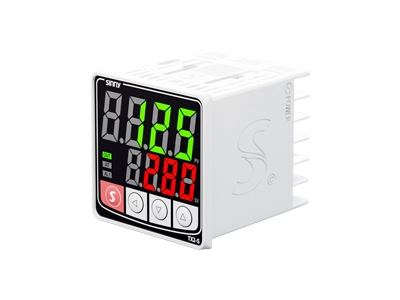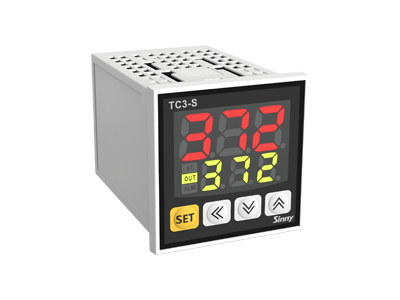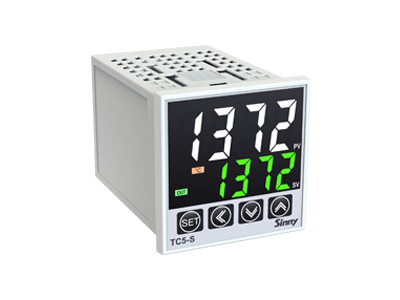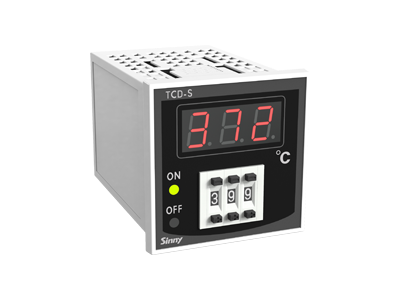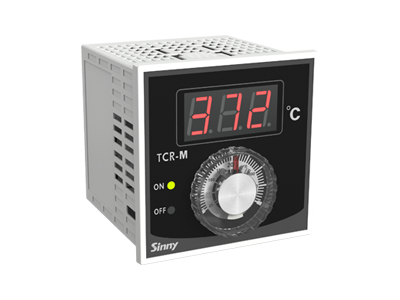What is a Temperature Controller?
A temperature controller is a device that regulates temperature in a system, maintaining it at a desired setpoint.
It works by comparing the measured temperature from a sensor (like a thermocouple or RTD) to the desired setpoint and then adjusts heating or cooling elements to achieve and maintain that temperature.
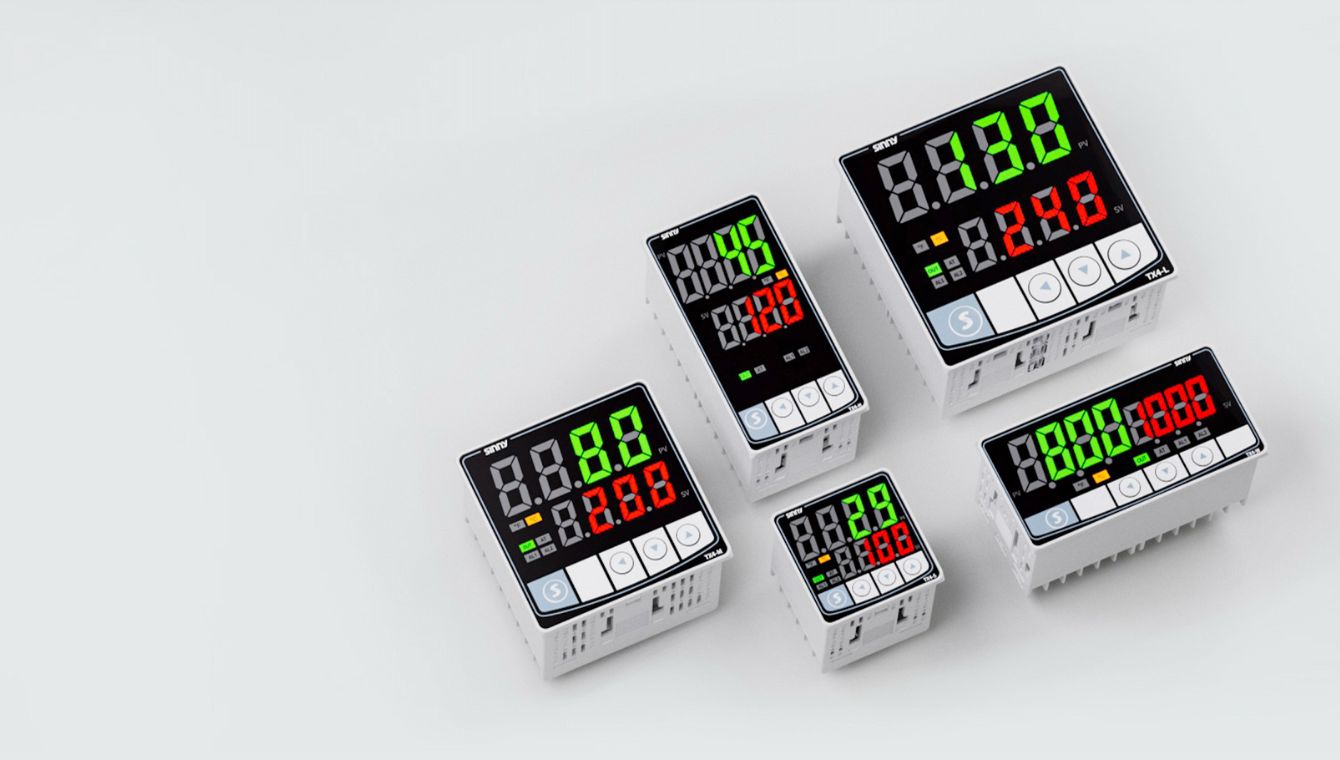
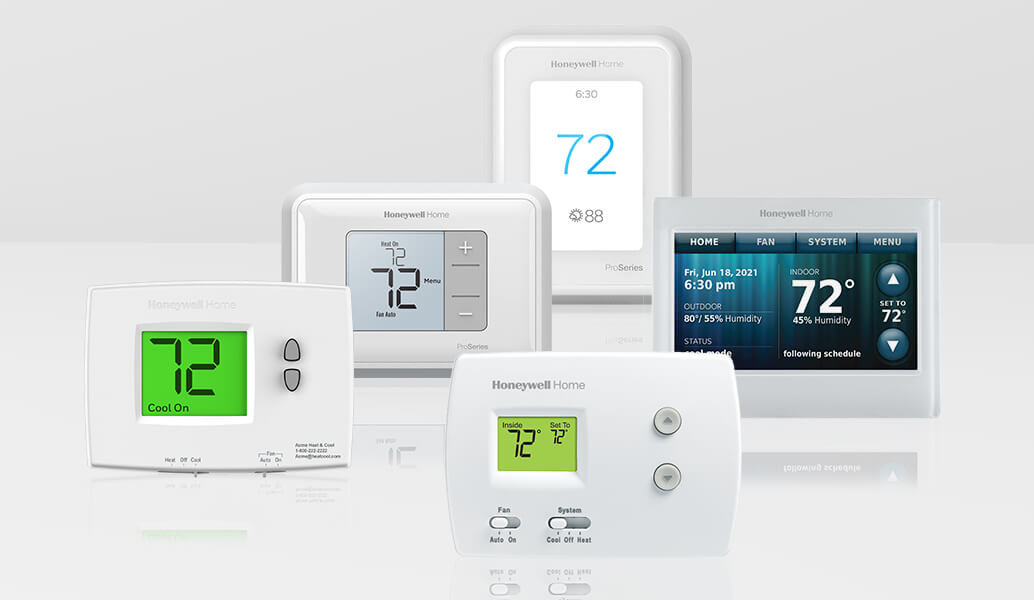
What is a Thermostat?
A thermostat is an automatic device that regulates temperature by controlling a heating or cooling system.
It senses the temperature of a space and, based on a pre-set point, signals a system to either heat or cool the space until the desired temperature is reached.
This process helps maintain a comfortable environment and can also improve energy efficiency by preventing systems from running unnecessarily.
Thermostat vs Temperature Controller

Temperature controllers provide the means for precise temperature regulation in specific settings such as manufacturing plants, industrial complexes and research labs where precise temperatures must be met. They play an integral part in providing comfort zones that meet specific standards of comfort for their users.
Temperature controllers employ sophisticated control techniques, unlike thermostats. On/off controls are similar to thermostats but have tighter and more sensitive controls. Proportional controllers go one step further by modulating output to prevent overshoots and undershoots associated with on/off controls; more sophisticated PID controllers use algorithms that predict future temperature changes and make adjustments accordingly to ensure a constant process temperature.

A thermostat’s primary objective is to maintain comfort by maintaining room temperatures within the range its user selects. They can be found residentially and commercially in appliances like HVAC systems, water heaters, fridges and ovens – using electronic or mechanical components to detect temperature variations before activating or deactivating heating or cooling systems accordingly.
Mechanical thermostats often employ bimetallic strips that bend when temperatures change, activating a switch. Electronic thermostats utilize thermistors or semiconductors that change resistance with changes in temperature; this information is fed into the microcontroller, which controls climate control systems.
Temperature Controller More Related Articles

A temperature controller is a device that monitors and regulates temperature to a setpoint. Using a sensor (like a thermocouple or RTD), it compares measured temperature to the target and adjusts heating or cooling via outputs (relay, SSR, or analog) using control methods such as on/off or PID.

A PID temperature controller regulates heat by continuously calculating error (setpoint minus measured temperature) and adjusting output using three terms: Proportional (current error), Integral (accumulated past error), and Derivative (predicted future error) for stable, accurate control.



